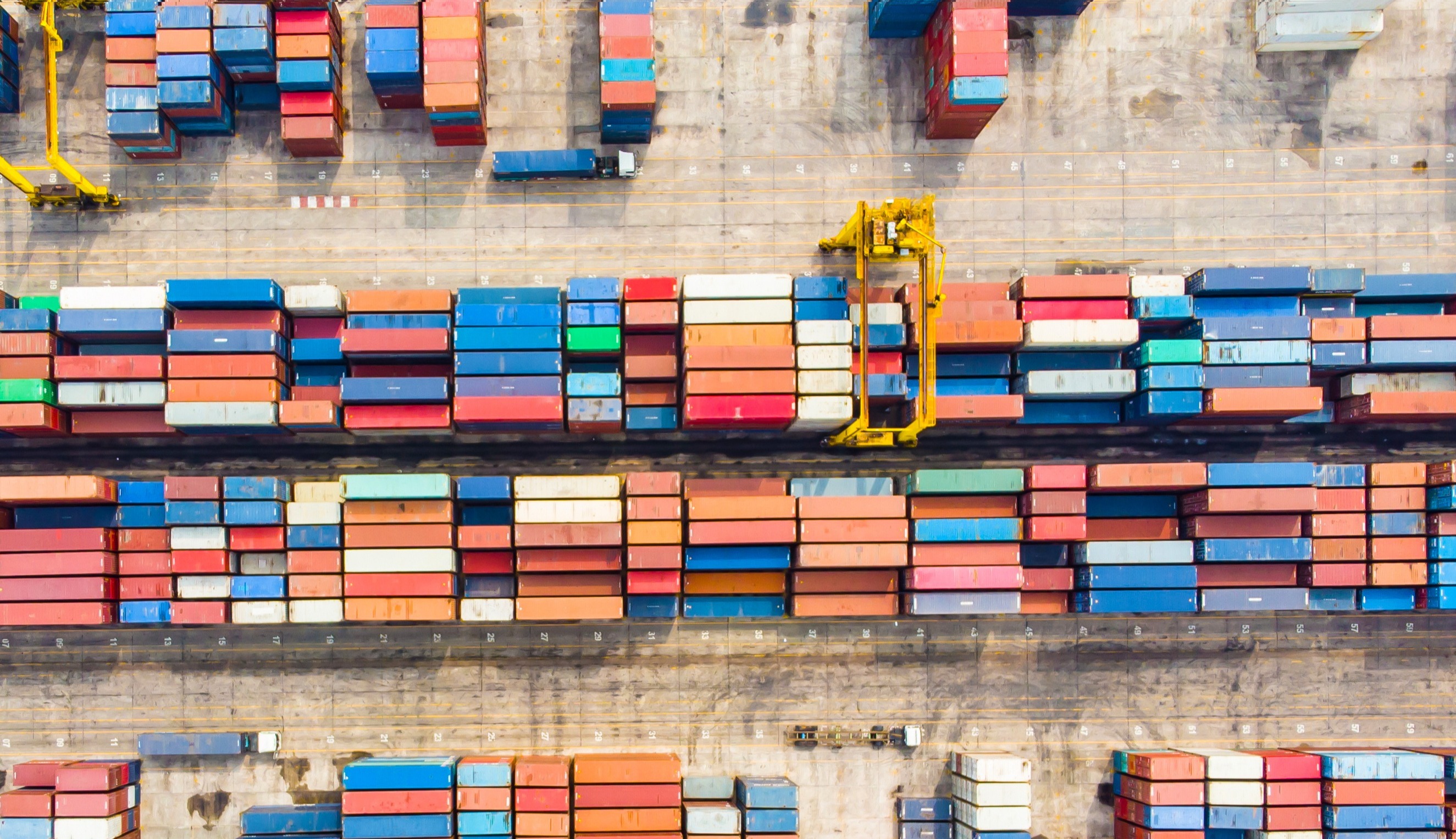On the night of November 30, 2020, while sailing from Yantian to Long Beach, the ONE Apus container ship encountered a massive storm producing gale-force winds and large swells. The ship rolled heavily, and while it managed to survive the storm, it lost approximately 1,900 containers overboard. Several of the ship’s container stacks also collapsed, leaving the majority of the containers remaining on board with moderate to severe damage. The ONE Apus rerouted to Kobe, Japan, to seek a port of refuge in order to begin the long process of discharging containers and assessing the damage.
Once the vessel arrived in Kobe on December 8, the crew initiated a thorough investigation and began discharging containers. The investigation included surveying the damage to the containers and the vessel and determining which containers were lost at sea. Surveyors discovered that roughly 64 of the containers lost overboard contained hazardous goods such as fireworks, batteries, and dangerous substances. To date, container discharge operations have been moving slowly due to the condition of the vessel and containers, as well as holiday port closures. As of January 13, a total of 277 of the vessel’s containers had been safely discharged.
So what happens next? The logistics industry has been left to ponder the following considerations:
-
Does General Average apply?
As of today, general average has not been declared for the ONE Apus; however, there is still a possibility that may change. Should general average be declared, then additional charges and paperwork would be required in order to recover cargo from the vessel.
-
Will cargo owners be reimbursed for their lost or damaged cargo?
This will depend on the type of coverage cargo owners have for their goods. An ocean carrier’s legal liability is limited to a certain amount based on the customary shipping unit on the bill of lading. In many cases, a carrier has defenses that absolve them from any liability whatsoever, such as an Act of God. All-risk cargo insurance is the only way to protect the full value of goods in transit. Working with a cargo insurance broker to review policy details is the key. Understanding terms and conditions, endorsements, policy triggers, deductibles, or other variables will make a big difference when filing a cargo claim. Click here to read more about carrier liability vs all-risk cargo insurance.
-
What is required to file a cargo claim?
The first step is to put the carrier on notice of the potential cargo claim. The cargo owner will want to make sure that they have certain essential pieces of information and documentation. This includes the claimed amount, proof of value, transportation documents, and any supplemental documentation. The damaged items will need to be identified, in addition to any concealed losses that may exist. Standard practice is to record the damage and take pictures when possible. Once received, the owner will need to keep the freight and make the best efforts to mitigate damage.
The container loss experienced by the ONE Apus is one of the most extensive events of its kind in history. In fact, it is the single largest container loss event since the MOL Comfort in 2013. There are still many uncertainties about what is to come or how long the container discharge will last. ONE has provided the following portal for updates with regard to specific containers. However, it is never too early to align your risk management resources and providers. ECIB is here to help. If you need assistance with reviewing your policy in light of the ONE Apus event, or simply to make sure you are covered for an event like this, reach out to our professionals today.

.png?width=6181&height=1578&name=ECIB-logo%20(1).png)
